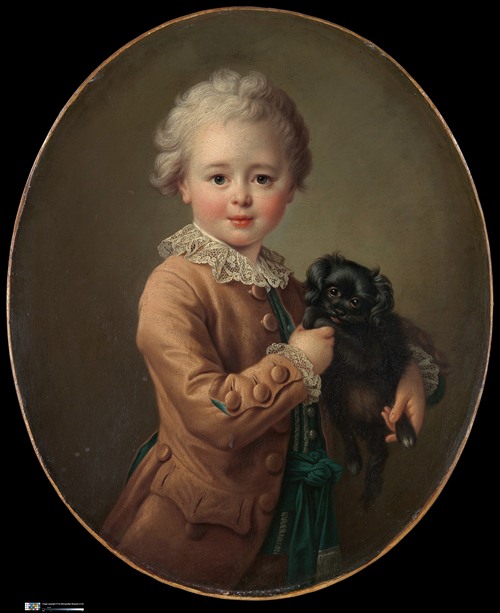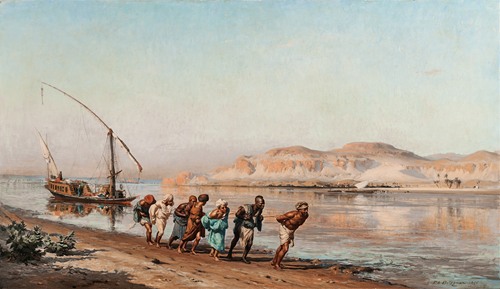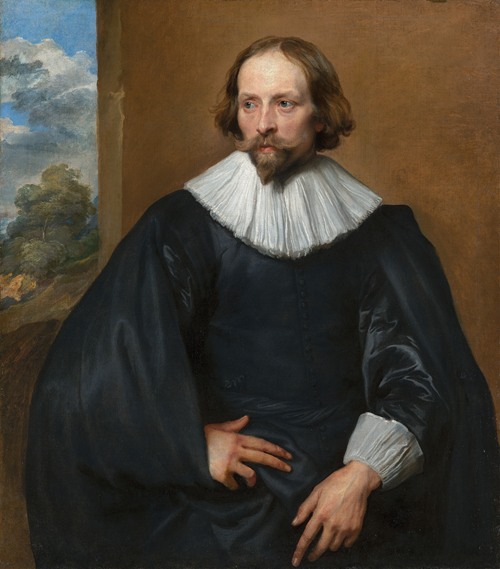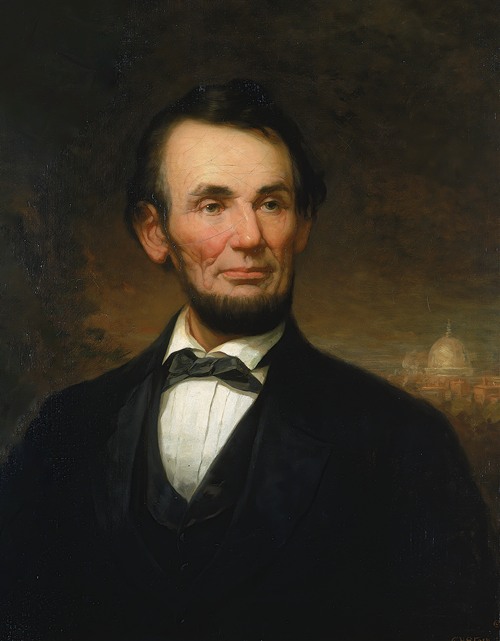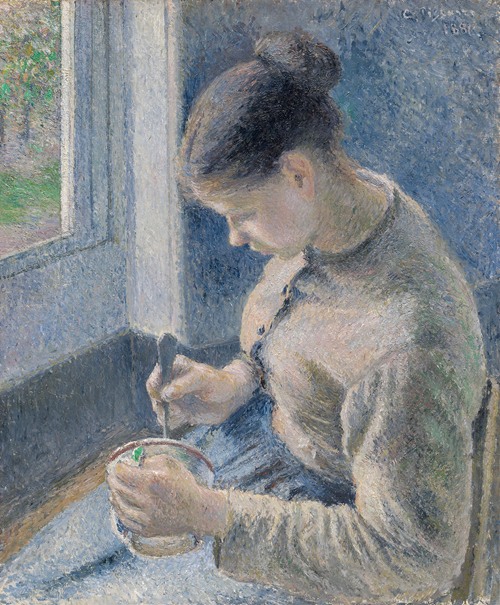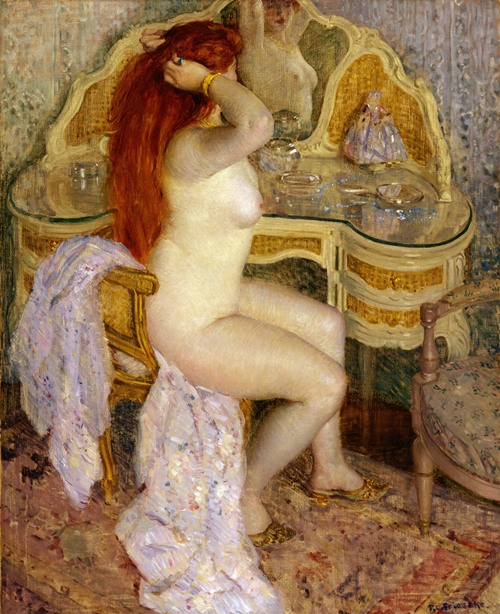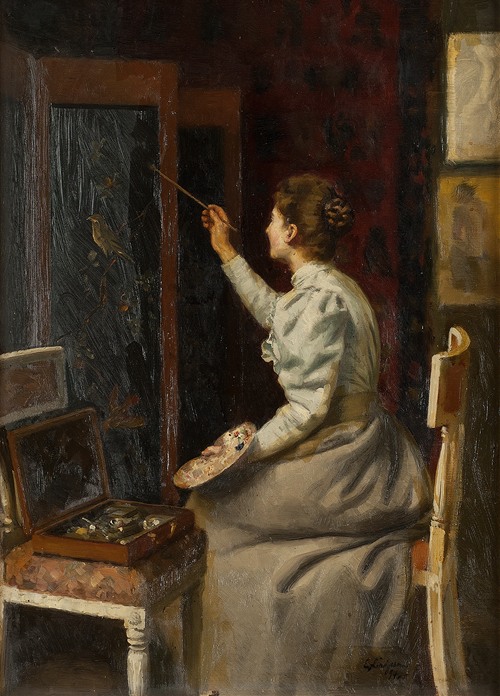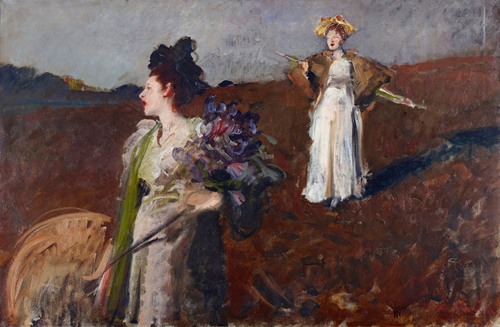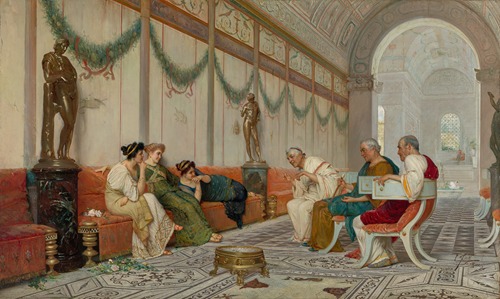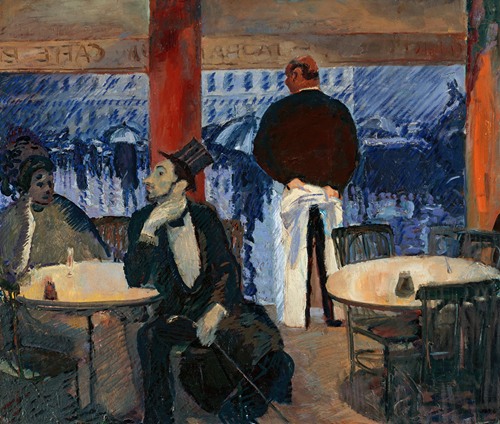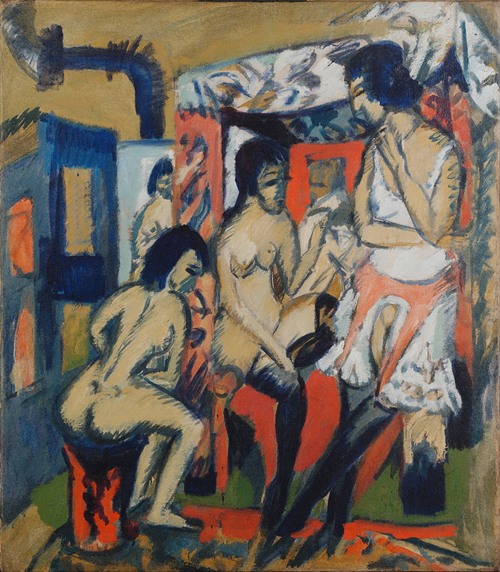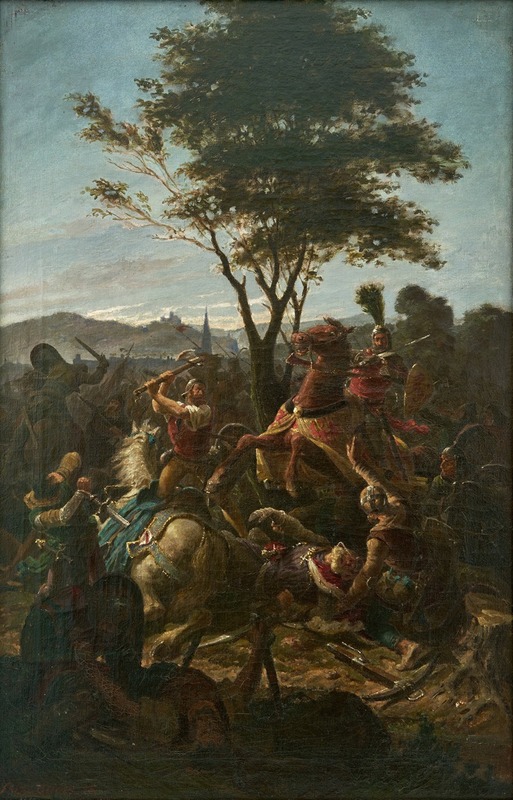
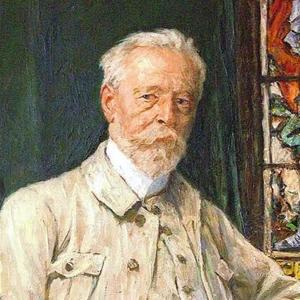
Fritz Geiges was a glass painter, an important restorer of stained glass and local historian as well as a university lecturer.
Fritz Geiges was born the son of the architect and later master builder of Freiburg Sigmund Geiges (1810-1898) and his third wife Theresa Baumann. His uncle was the sculptor Alois Knittel (1814-1875). Professionally, Friedrich Geiges, who was only called Fritz throughout his life, followed in the footsteps of his father and uncle.
The young Geiges received his artistic training from 1872 at the Royal Art School in Stuttgart under Bernhard von Neher. From 1874 to 1878, he studied at the Munich Art Academy, first in Otto Seitz's technical painting school and then for the following semesters under Wilhelm von Diez. Due to illness, he had to break off his studies prematurely and returned to Freiburg, where he initially had to make ends meet as a drawing teacher.
In 1873, he co-founded the Breisgau History Society Schau-ins-Land. After his forced return to Freiburg in 1878 due to illness, he took over the organization of the association.
In 1879, Geiges created a "Vereinsstube" for the association in the Redoutenhaus next to the Historisches Kaufhaus, which is still preserved today and was designed according to his designs. The room, furnished in the style of an early 16th century drinking room, was also co-designed by other members of the association.
He is listed on the association's committee as the designer of the association's journal. The first yearbooks not only contain many graphic illustrations by Geiges, but also literally bear his signature. From then on, he regularly published essays on the history of the town and the history of the cathedral's construction.
Geiges gained recognition and attention with his book Das alte Freiburg in seiner Blüthezeit in Wort und Bild, published in 1878.
His grave is located in Freiburg's main cemetery.

